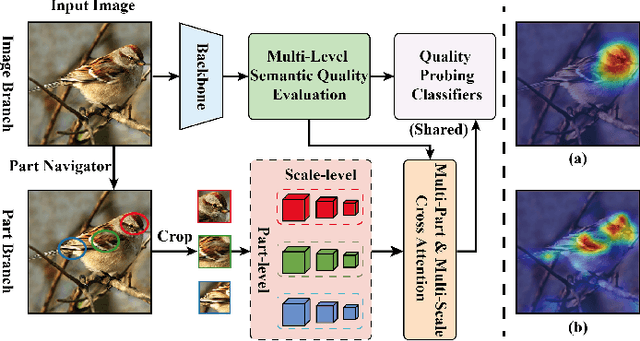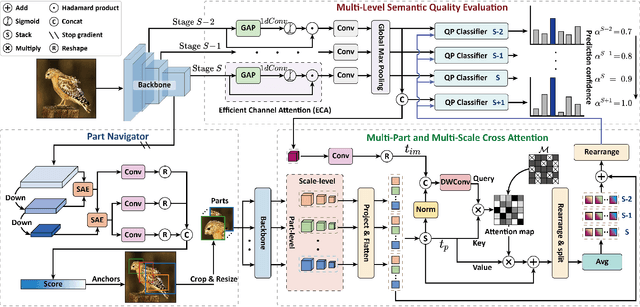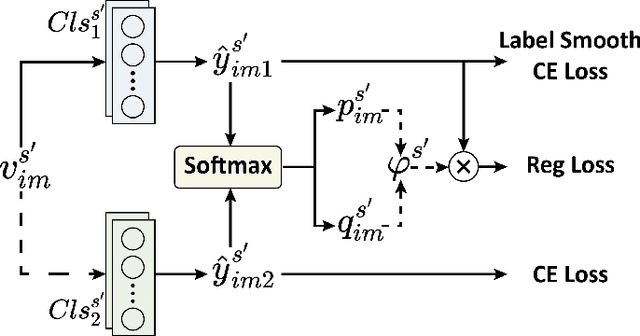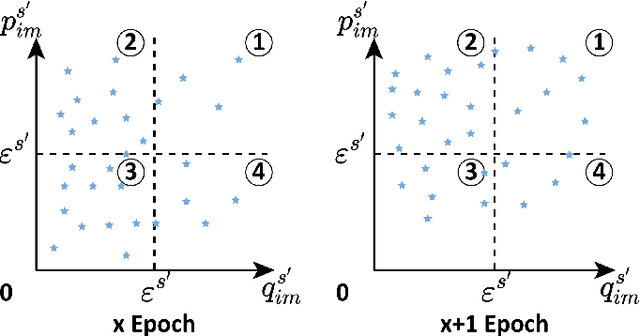Sitong Li
Enhancing Out-of-Distribution Detection with Multitesting-based Layer-wise Feature Fusion
Mar 16, 2024Abstract:Deploying machine learning in open environments presents the challenge of encountering diverse test inputs that differ significantly from the training data. These out-of-distribution samples may exhibit shifts in local or global features compared to the training distribution. The machine learning (ML) community has responded with a number of methods aimed at distinguishing anomalous inputs from original training data. However, the majority of previous studies have primarily focused on the output layer or penultimate layer of pre-trained deep neural networks. In this paper, we propose a novel framework, Multitesting-based Layer-wise Out-of-Distribution (OOD) Detection (MLOD), to identify distributional shifts in test samples at different levels of features through rigorous multiple testing procedure. Our approach distinguishes itself from existing methods as it does not require modifying the structure or fine-tuning of the pre-trained classifier. Through extensive experiments, we demonstrate that our proposed framework can seamlessly integrate with any existing distance-based inspection method while efficiently utilizing feature extractors of varying depths. Our scheme effectively enhances the performance of out-of-distribution detection when compared to baseline methods. In particular, MLOD-Fisher achieves superior performance in general. When trained using KNN on CIFAR10, MLOD-Fisher significantly lowers the false positive rate (FPR) from 24.09% to 7.47% on average compared to merely utilizing the features of the last layer.
Context-Semantic Quality Awareness Network for Fine-Grained Visual Categorization
Mar 15, 2024



Abstract:Exploring and mining subtle yet distinctive features between sub-categories with similar appearances is crucial for fine-grained visual categorization (FGVC). However, less effort has been devoted to assessing the quality of extracted visual representations. Intuitively, the network may struggle to capture discriminative features from low-quality samples, which leads to a significant decline in FGVC performance. To tackle this challenge, we propose a weakly supervised Context-Semantic Quality Awareness Network (CSQA-Net) for FGVC. In this network, to model the spatial contextual relationship between rich part descriptors and global semantics for capturing more discriminative details within the object, we design a novel multi-part and multi-scale cross-attention (MPMSCA) module. Before feeding to the MPMSCA module, the part navigator is developed to address the scale confusion problems and accurately identify the local distinctive regions. Furthermore, we propose a generic multi-level semantic quality evaluation module (MLSQE) to progressively supervise and enhance hierarchical semantics from different levels of the backbone network. Finally, context-aware features from MPMSCA and semantically enhanced features from MLSQE are fed into the corresponding quality probing classifiers to evaluate their quality in real-time, thus boosting the discriminability of feature representations. Comprehensive experiments on four popular and highly competitive FGVC datasets demonstrate the superiority of the proposed CSQA-Net in comparison with the state-of-the-art methods.
 Add to Chrome
Add to Chrome Add to Firefox
Add to Firefox Add to Edge
Add to Edge